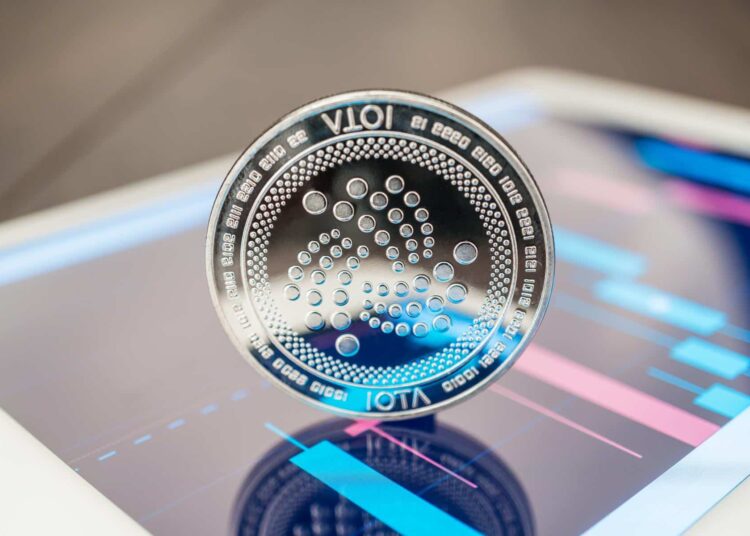- The upcoming launch of IOTA 2.0, positions the IOTA network as a preferred ledger for real-world tokenized assets.
- Despite challenges such as valuation complexities and regulatory uncertainties, the on-chain RWA market is projected to grow significantly, especially with BlackRock’s entry.
In today’s digital age, one-click purchases are the norm, yet transactions involving assets like stocks or real estate remain archaic and time-consuming. Blockchain technology and tokenization offer a solution. Tokenization, the process of converting physical assets into digital tokens recorded on a blockchain, bridges the physical-digital divide.
Tokenization starts by representing a real-world asset as a digital token on a blockchain, enabling seamless, real-time transactions. These tokens can also represent various assets, from real estate to fine art, democratizing asset ownership and reducing investment thresholds.
The IOTA Foundation is actively advancing its ecosystem in 2024 with significant developments, including the tokenization of real-world assets (RWA) and the upcoming launch of IOTA 2.0, reported Crypto News Flash.
This upgraded version is set to enhance the network’s performance, efficiency, and scalability, positioning the IOTA blockchain as the preferred ledger for tokenized assets. Despite challenging market conditions, the RWA market has seen notable growth, prompting IOTA, led by co-founder Dominik Schiener, to spearhead solutions and infrastructure to meet rising demand in this sector.
Some of the world’s largest financial players have been delving now into real-world asset tokenization. Earlier this week, asset management giant BlackRock launched its USD Institutional Digital Liquidity Fund atop the Ethereum blockchain. The assets of the fund will be tokenized on the Ethereum blockchain, symbolized by an ERC-20 token appropriately named BUIDL, as reported by Crypto News Flash.
IOTA 2.0, DeFi, and RWA Tokenization
Decentralized Finance (DeFi) is rapidly integrating real-world assets (RWAs), promising to revolutionize the industry. By tokenizing assets and creating a two-sided lending marketplace, DeFi aims to increase volume, adoption, and also risk diversification.
This integration allows individuals to use tokenized assets as collateral for loans, interest earning, and liquidity provision, reducing reliance on traditional intermediaries. With RWAs introducing stability and real-world yields, DeFi attracts risk-averse investors and competes with traditional banks. The on-chain RWA market will reach $4 trillion to $16 trillion by 2030, thereby driving further significant growth in DeFi.
Tokenizing real-world assets (RWA), including IOTA’s involvement, presents undeniable potential, but it’s essential to address associated challenges and risks. Valuation complexities and regulatory uncertainties hinder widespread adoption. Liquidity risks arise as digital assets may face periods of reduced liquidity or illiquidity, potentially causing losses. Regulatory uncertainties vary across jurisdictions, impacting token classification and regulation.
To promote adoption, regulatory clarity, improved risk management, and investor education are crucial. Collaboration with stakeholders, including regulatory agencies and traditional finance (TradFi) providers, is vital to harmonize regulations globally. Furthermore, blockchain’s transparency can automate compliance, ensuring a secure environment for RWA tokenization in DeFi.
The IOTA Foundation’s connections with governments and organizations also uniquely position them to lead in developing regulations.
Credit: Source link












































